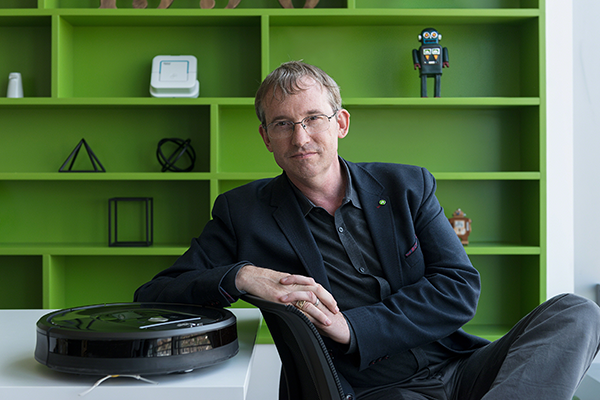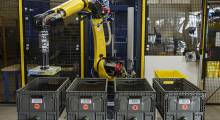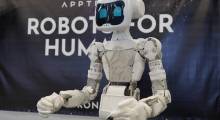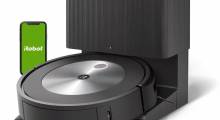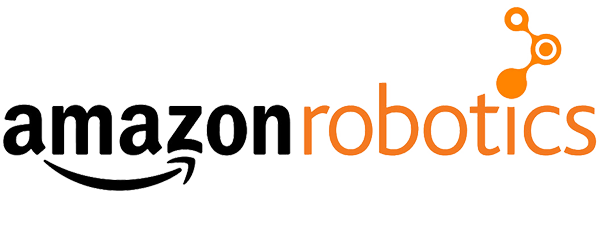Consumer cleaning robot manufacturer iRobot and e-commerce retailer Amazon recently announced they mutually agreed to forgo Amazon’s planned acquisition of iRobot.
In a release, the companies announced they signed a termination agreement that resolves all outstanding transactional matters, including Amazon paying iRobot a previously agreed upon $94 million termination fee. The original $1.7 billion acquisition proposal was announced in August 2022.
“Amazon and iRobot were excited to see what our teams could build together, and we're deeply grateful to everyone who worked tirelessly to try and make this collaboration a reality,” said David Zapolsky, Amazon SVP and general counsel. “This outcome will deny consumers faster innovation and more competitive prices.”
EU regulators blocked acquisition on antitrust grounds
Reuters reported European Union regulatory approval of the acquisition was blocked by European Commission antitrust regulators, who posited Amazon’s online sales platform could restrict competition for European robot vacuum cleaner (RVC) companies.
“Mergers and acquisitions like this help companies like iRobot better compete in the global marketplace, particularly against companies - and from countries - that aren't subject to the same regulatory requirements in fast-moving technology segments like robotics,” Zapolsky said.
European Commission lawyers sent a warning to Amazon in November expressing concern over potentially restricted competition, reported Reuters. Amazon’s transaction with iRobot would have otherwise passed EU approval unconditionally. Amazon did not offer remedies by the January 10 deadline.
The Commission’s Nov. 27 warning - reiterated in a Jan. 29 statement - said “Amazon would have had the incentive to foreclose iRobot's rivals because it would have been economically profitable to do so.” The Commission included four methods by which Amazon would gain an unfair market advantage:
- Delisting or not listing rival RCVs
- Reducing visibility of rival RVCs displayed on Amazon's online retail platform
- Limiting access to certain widgets (e.g. 'other products you make like') or certain commercially-attractive product labels (e.g. 'Amazon's choice' or 'Works With Alexa')
- Directly or indirectly raising the costs of iRobot's rivals to advertise and sell their RVCs on Amazon's marketplace.
“All such foreclosure strategies could have restricted competition in the market for robot vacuum cleaners, leading to higher prices, lower quality, and less innovation for consumers,” the Commission said.
iRobot co-founder, CEO steps down
Concurrent with news of Amazon’s acquisition being dropped, iRobot announced it will implement an “operational restructuring plan.”
Colin Angle, one of three co-founders of iRobot, stepped down as CEO and Chairman.
“Given the nature of the challenges facing the Company, the Board and I have mutually decided that iRobot will be better served by a new leader with turnaround experience,” Angle said, “I would like to sincerely thank our team members around the world for their commitment to our mission of helping people do more.”
iRobot’s Board appointed executive vice president and chief legal officer Glen Weinstein to Interim CEO, and lead independent director of the Board Andrew Miller to Chairman.
In addition, iRobot announced approximately 350 employees will be laid off, or about 31% of the company’s workforce. The company will eliminate “underperforming” facilities and “pause” all work on “non-floorcare innovations, including air purification, robotic lawn mowing and education.”
“We are disappointed with the Company's 2023 performance - but our focus turns now to the future,” Miller said. “Along with the restructuring actions announced today, and with a refreshed turnaround-focused leadership team, we see a clear path to reinvigorating our outstanding brand, product performance and underlying technology.”
Robots found across Amazon’s product listings and distribution system
To keep up with growing distribution demands, Amazon has deployed robots at its warehouses and dabbled in both aerial drone and land-based last-mile delivery.
Acquisitions are nothing new for Amazon. The company acquired shelf-moving AMR manufacturer Kiva Systems Inc. in 2012. Autonomous cart firm Canvas Technology and delivery robot developer Dispatch were bought in 2019. Amazon most recently purchased Belgian robotic manufacturer and integrator Cloostermans-Huwaert in 2022.
Besides companies it has acquired, Amazon’s fulfillment centers serve as a proving ground for developing robotic technologies, including Agility Robotics’ Digit bipedal humanoid robot.
Amazon’s Robotics division, which is based in North Reading, MA, opened a new manufacturing facility in Westborough, MA, in 2021. The facility was built to assemble Amazon Robotics “mobile drive units,” which are shelf-moving collaborative AMRs designed to move stacks of large and bulky items to picking employees.
Amazon’s collaborative robots perform repetitive, non-ergonomic tasks and travel long distances through warehouses, allowing the company to upskill employees to operate and service robot fleets.
At the other end of the supply chain, consumers shopping on Amazon’s website can purchase a wide range of robots, including iRobot’s Roomba RCVs and Braava robot mops. These smart home robots can connect with Amazon Alexa and iRobot’s HOME app.
In 2016, Amazon published a case study on iRobot’s integration with Amazon Web Service (AWS) servers, which allowed iRobot to scale app-controlled operations for consumers. With the smart household devices market growing throughout the past few years, questions about surveillance and data privacy add regulatory complexity to deploying consumer-grade robots.
About the Author
Follow Robotics 24/7 on Linkedin
Article topics
Email Sign Up

